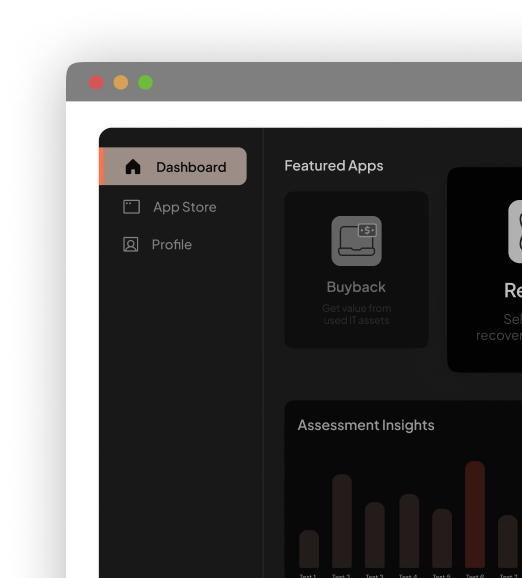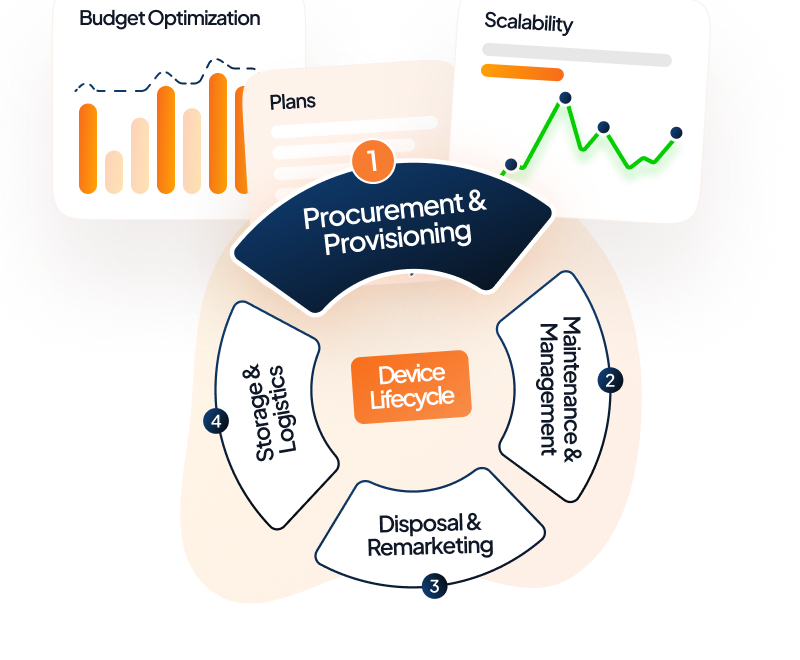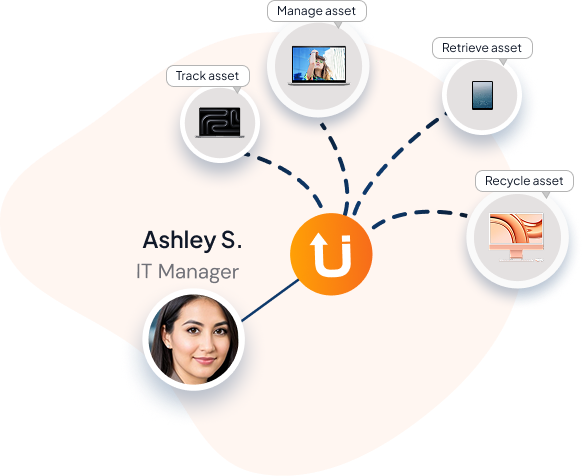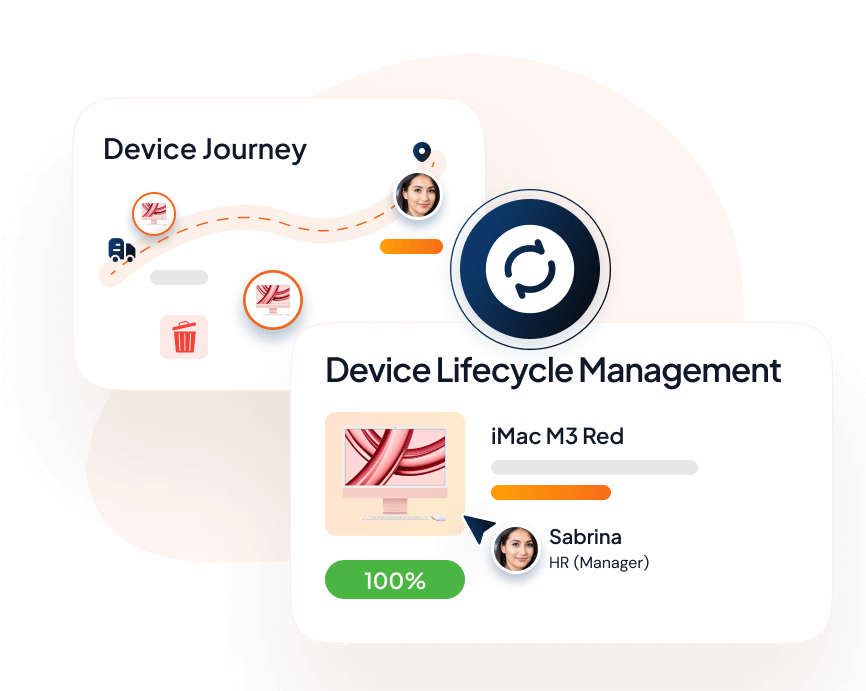IT Asset Disposition (ITAD) programs protect against costly data breaches as the process securely destroys or erases sensitive information on obsolete equipment. With the average data breach costing $4.45 million in 2023, this is a critical concern.
By 2025, that figure dipped slightly to $4.44 million, but the threat remains just as severe, proving that even a small oversight in ITAD can still lead to multi-million-dollar consequences.
TLDR;
- ITAD safely disposes of end-of-life tech, protecting sensitive data and preventing breaches.
- ITAD providers offer data destruction, refurbishment, resale, recycling, and detailed reporting.
- Manages servers, laptops, mobile devices, IoT, and data center equipment securely.
- Adheres to NIST 800-88, ISO 27001, R2, and HIPAA for secure, eco-friendly disposal.
- Choosing Unduit’s Offers secure collection, data wiping, value recovery, and compliance reporting.
- Refurbishes or resells assets to recoup investment, reducing total cost of ownership.
The growing e-waste crisis affects us all. Old electronics contain harmful materials that can damage our environment when improperly discarded. Meanwhile, data breaches from carelessly disposed devices can lead to serious security problems.
What is IT Asset Disposition (ITAD)?
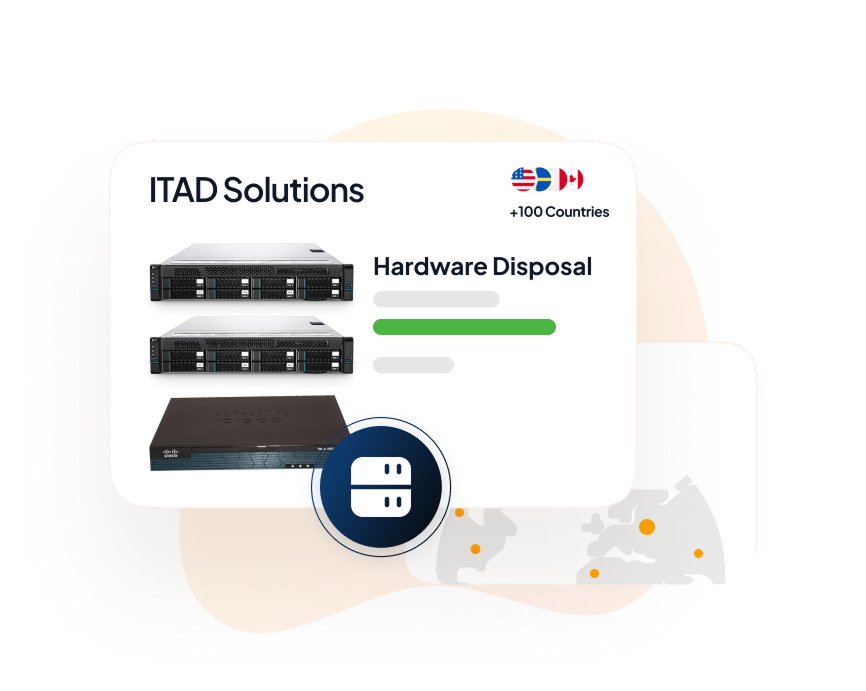
IT Asset Disposition (ITAD) is a simple and structured process that helps organisations responsibly manage their outdated, end-of-life, or otherwise unwanted technology and electronic equipment. When devices become obsolete or unwanted, ITAD ensures they are disposed of securely and in an environmentally friendly way, while meeting all legal and compliance requirements.
Today, every business, whether a tech company or a financial institution, relies on modern computing resources to stay competitive. But as technology evolves quickly, safely retiring old hardware has become a real challenge for IT teams.
This is where IT Asset Disposition (ITAD) providers step in to securely erase all data from retired equipment and handle proper disposal. They also look for opportunities to recycle or repurpose hardware components to help organisations recover additional value.
ITAD services can include equipment refurbishment, lease return management, secure data wiping, on-site hard drive shredding, and even full data centre decommissioning, empowering IT leaders to manage their infrastructure with confidence and compliance.
Unlock seamless IT Asset Disposition with Unduit.
Discover how IT Teams Across the Globe Use our platform for their IT Asset Disposition Needs.
Book a Demo!Key Elements of IT Asset Disposition
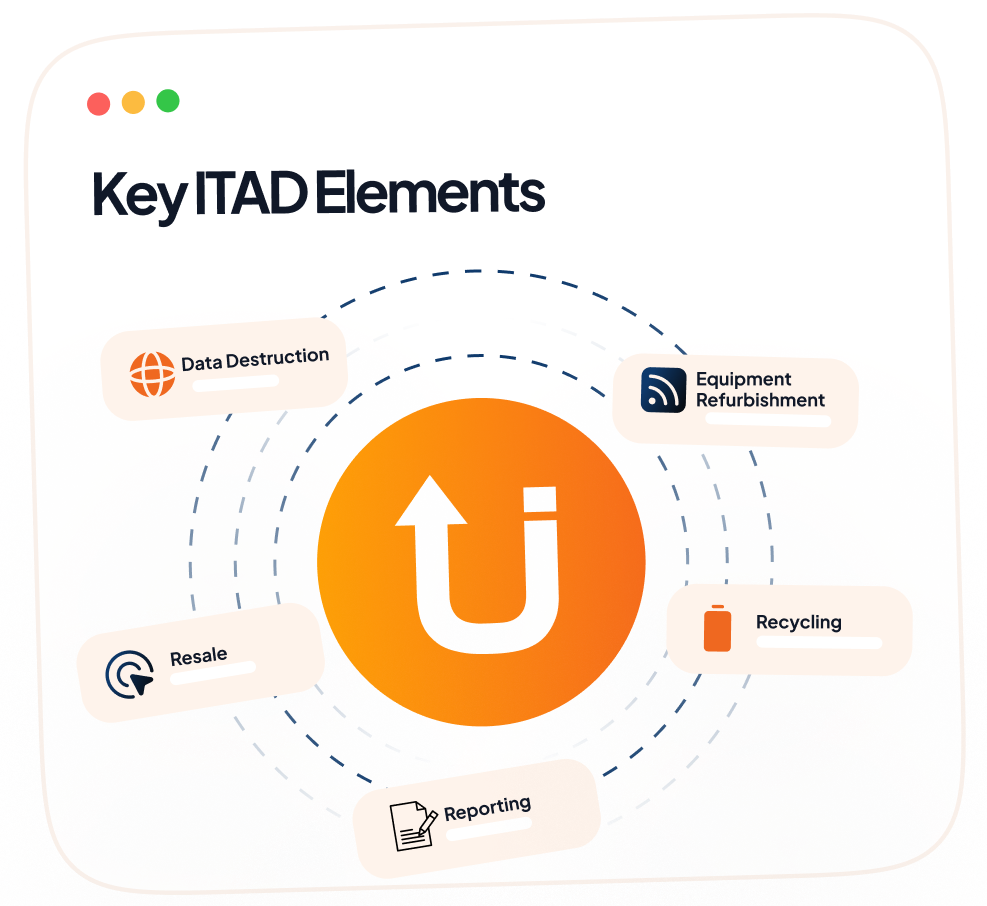
IT Asset Disposition typically consists of the following services:
1. Data destruction
Old laptops or servers sold without secure wiping can expose customer data and lead to compliance fines. Simply deleting files isn’t enough; sensitive data can often be recovered if not properly handled. Securely erasing or physically destroying hard drives prevents such data breaches.
2. Equipment refurbishment
Instead of discarding old IT assets, refurbishing involves repairing, upgrading, and testing equipment to make it functional again. This extends the useful life of hardware and maximises ROI.
3. Resale
Refurbished equipment can be resold in secondary markets, generating revenue while reducing e-waste. IT Asset Disposition companies often connect organisations with certified resale channels to ensure compliance and transparency.
4. Recycling
Assets that are beyond repair or resale are responsibly recycled. This involves breaking down equipment and reclaiming valuable materials like metals, plastics, and circuit components, all while complying with environmental regulations such as e-waste directives.
5. Reporting
Comprehensive reporting provides a transparent audit trail of all disposed, refurbished, resold, or recycled equipment. Reports typically show the amount of equipment recycled, resold, or disposed of as waste.
| Pro Tip: Unduit, a top-tier provider in the IT Asset Disposition (ITAD) industry, helps you securely and reliably dispose of your end-of-life IT assets on a global scale. They securely and environmentally friendly way dispose of your old or unnecessary equipment, and you also receive a destruction certificate. |
Types of Devices
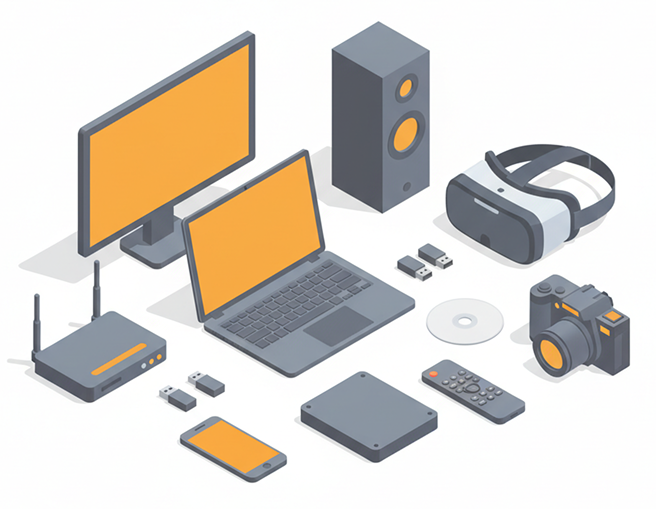
IT Asset Disposition providers handle a variety of technology devices, such as:
- Servers, laptops and desktops.
- Networking devices like routers and switches.
- Mobile devices such as smartphones, tablets and PDAs.
- Copiers, printers and fax machines.
- Point-of-sale systems
- Many Internet of Things (IoT) devices, like surveillance cameras and smart door locks.
Data centre equipment is complex and valuable, so ITAD providers ensure secure data erasure and maximise resale or recycling value.
Laptops, mobiles, and other endpoint devices are handled with the same care, with options for refurbishment, resale, or safe recycling.
All other hardware, including items with sensitive data or hazardous materials, is securely destroyed, recycled responsibly, and fully documented to meet compliance and environmental standards.
Best Practices for IT Asset Disposition and Recycling
1. Timing Is Everything
Don’t wait until devices are obsolete; plan strategic refresh cycles to retire equipment while it still holds residual value in the secondary market.
2. Track Everything Meticulously
Implement comprehensive asset tracking from purchase to disposal, ensuring nothing valuable slips through the cracks during decommissioning.
3. Choose Certified Partners
Partner with IT asset disposition providers offering transparent revenue sharing and detailed reporting on recovery values to maximise your returns.
4. Bundle Strategically
Group similar devices together rather than disposing of them piecemeal. Bulk disposition processing often yields better pricing and higher recovery.
5. Prioritise Data Security
Remember that preventing a data breach through proper sanitisation ultimately protects your business’s bottom line; the cheapest disposal option often becomes the most expensive after a security incident.
Choosing the Right ITAD Provider
When choosing an IT Asset Disposition provider, it’s important to consider a few key factors to ensure you get exactly what you expect from the service. This becomes even more critical when you consider that Morgan Stanley faced regulatory penalties after their ITAD vendor failed to properly wipe retired hardware, exposing sensitive customer data, a reminder that the wrong partner can put your organisation at risk of a similar breach.
Data security. A smooth onboarding process sets the tone for a great employee experience. Make sure every new hire feels supported and ready to contribute from day one.
Environmental Compliance. The provider should have processes in place to ensure that equipment is disposed of in an environmentally responsible manner.
Certifications. The provider should have certifications such as ISO 14001 for environmental management and R2 for responsible electronics recycling.
Reporting and transparency. The provider should provide clear and comprehensive reporting on the disposition of your equipment, including the amount of equipment recycled, the amount of equipment resold, and the amount of waste generated.
Service offerings. Different ITAD service providers may offer different services, such as data destruction, equipment refurbishment, and resale. Choose a provider that offers the services that best meet your needs.
ITAD Compliance Industry Certifications
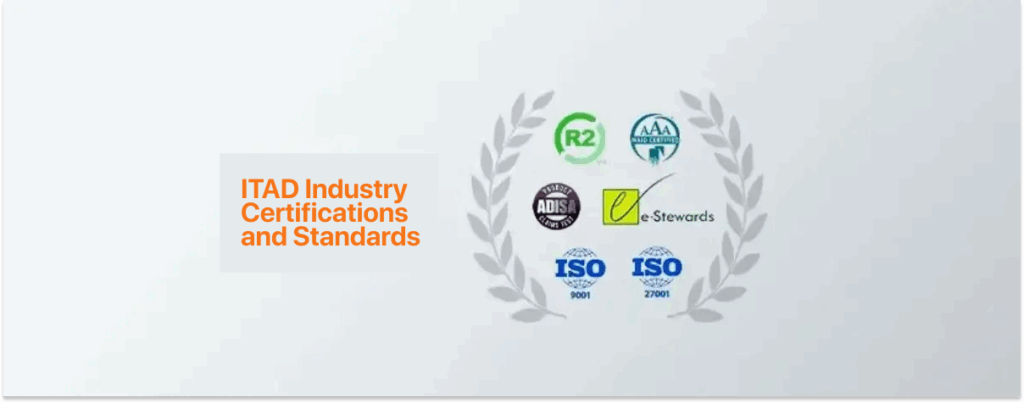
IT Asset Disposition (ITAD) companies adhere to strict frameworks to ensure secure, ethical, and environmentally responsible asset disposal, meeting global standards. When it comes to remaining compliant with data disposal laws, the devil is in the details. It’s important to follow strict laws and frameworks to dispose of them properly, meeting global standards.
- NIST SP 800-88. Provides guidelines for secure data erasure and media sanitization across various IT assets.
- ISO 27001. Ensures ITAD aligns with information security management for robust data protection.
- ISO 14001 (EMS). Establishes environmental policies to minimize ITAD’s ecological impact.
- R2 Certification. Sets standards for responsible IT asset recycling and refurbishment practices.
- HIPAA. U.S. law requiring secure handling of health-related data during IT asset disposal.
Importance of IT Asset Disposal Policy
Having a clear and comprehensive ITAD policy in place is critical for organisations of all sizes. The policy should define the processes and procedures for disposing of technology assets and should take into account the following:
- Disposal procedures should be in place to securely erase or destroy any data stored on the equipment to prevent unauthorised access or data breaches.
- A disposal policy should ensure that equipment is disposed of in a manner that complies with all relevant environmental regulations, such as the Electronic Waste Recycling Act in the United States.
- The policy should aim to maximise the value of the equipment, either through reuse, resale, or recycling.
Why Businesses Need ITAD

Retiring old hardware isn’t just about clearing space; it’s a strategic necessity. According to Future Market Insights, the global IT asset disposition (ITAD) market is expected to reach USD 18.7 billion in 2025, growing at a compound annual growth rate (CAGR) of 7.7% through 2035.
This surge is driven by mounting regulatory pressure, data security demands, and sustainability goals.
Here’s why IT leaders should care:
Data Risk Reduction:
With the volume of end-of-life devices rising, every unerased hard drive is a ticking liability. Secure IT Asset Disposition helps prevent data breaches and meets compliance standards, a must in heavily regulated industries.
Value Recovery:
ITAD not only protects your data, it helps you reclaim value. Future Market Insights highlights “remarketing and value recovery” as the fastest-growing ITAD service segment, making up nearly 28% of the market by 2025.
Sustainability & ESG:
Disposing outdated equipment through certified ITAD partners supports circular economy practices, reduces e-waste, and strengthens your environmental, social, and governance (ESG) credentials.
Operational Efficiency:
As companies scale or refresh their infrastructure, managing IT asset lifecycle through a structured program reduces cost and risk, while providing full audit trails and chain-of-custody accountability.
Regulatory Compliance:
Stricter data protection and e-waste laws globally mean DIY disposal isn’t good enough. Certified ITAD ensures you stay compliant, avoid fines, and maintain brand trust.
How Unduit Helps Businesses Set Up Secure ITAD Processes
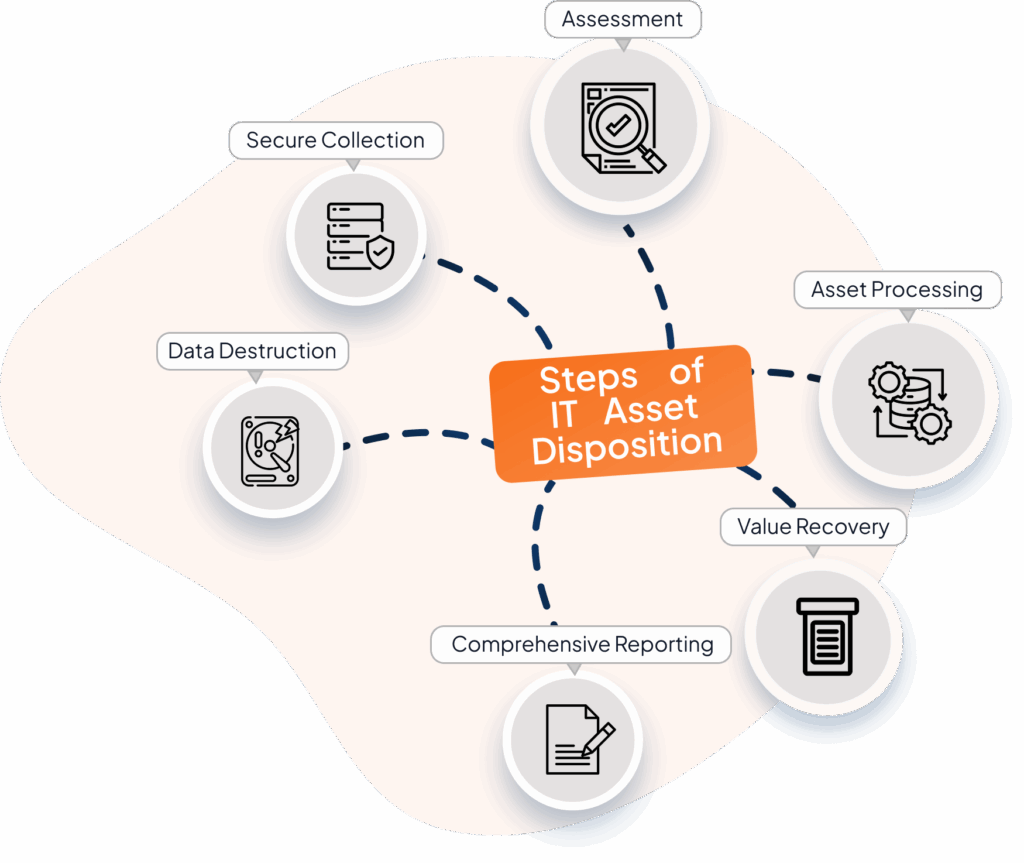
1. Initial Assessment & Planning
Building your roadmap for success. Unduit ITAD services start with a comprehensive evaluation of your IT assets, determining their condition, value, and appropriate disposal methods while creating a customised disposition strategy.
2. Secure Collection & Transportation
Safe journey from desk to destination. Unduit’s zero-touch platform coordinates secure pickup and transport of decommissioned assets using tamper-evident packaging and GPS-tracked vehicles to maintain the chain of custody throughout.
3. Detailed Asset Processing & Inventory
Every device accounted for, every detail recorded. Through Unduit’s automated platform, each item receives a unique tracking ID and comprehensive documentation, creating a complete audit trail accessible at any time.
4. Data Sanitisation & Destruction
Erasing your digital footprint completely. Unduit’s certified data wiping technologies ensure all sensitive information is permanently removed using Department of Defence standards, with verification certificates provided for each device.
5. Value Recovery & Sustainable Disposal
Turning old tech into new opportunities. Unduit evaluates each asset for remarketing potential, refurbishing valuable components and responsibly recycling the rest through certified e-waste partners, maximising both environmental and financial benefits.
6. Comprehensive Reporting & Compliance
Peace of mind through perfect documentation. Unduit’s automated zero-touch platform generates detailed reports of the entire ITAD process, providing essential documentation for regulatory compliance and environmental stewardship certification.
FAQs
Q1. How can ITAD integrate with asset management (ITAM) for lifecycle tracking?
ITAD ties directly into ITAM by updating asset records at end-of-life, ensuring full lifecycle visibility, compliance, and accurate tracking from deployment to final disposition.
Q2. How to assess the resale value of obsolete IT hardware accurately?
Evaluate age, specs, condition, market demand, and secondary market pricing through certified IT Asset Disposition partners to determine fair, data-backed resale value.
Q3. How to implement a successful ITAD policy within a large enterprise?
Define clear roles, standardised processes, security requirements, and partner certifications, supported by documentation, training, and continuous audits.
Q4. How to manage the chain of custody for IT assets during disposition?
Use serialised tracking, secure transport, logged handoffs, and real-time portals to maintain complete transparency and proof of custody at every step.
Q5. What’s the difference between ITAD and e-waste recycling?
IT Asset Disposition (ITAD) focuses on secure data destruction, value recovery, and responsible disposal, while e-waste recycling primarily handles material breakdown and environmental processing.
